Yesterday, we traveled to Chattanooga to learn more about the “western theatre” of the Civil War. Both armies viewed the strategic importance of Chattanooga as critical as it served as the “gateway into the South’s Confederacy.”
Once again, we hired a private tour guide to meet us at the Chickamauga and Chattanooga National Military Park to help us learn about the significance of this part of the war. Our guide was a history professor at a local college - over the course of eight hours, we drove around the battlefield (5300 acres) stopping a various points to hear him speak about what exactly was happening over the course of the 3-day Battle of Chickamauga. He had a series of maps (4-5 for each day) that showed troop movements and confrontations.
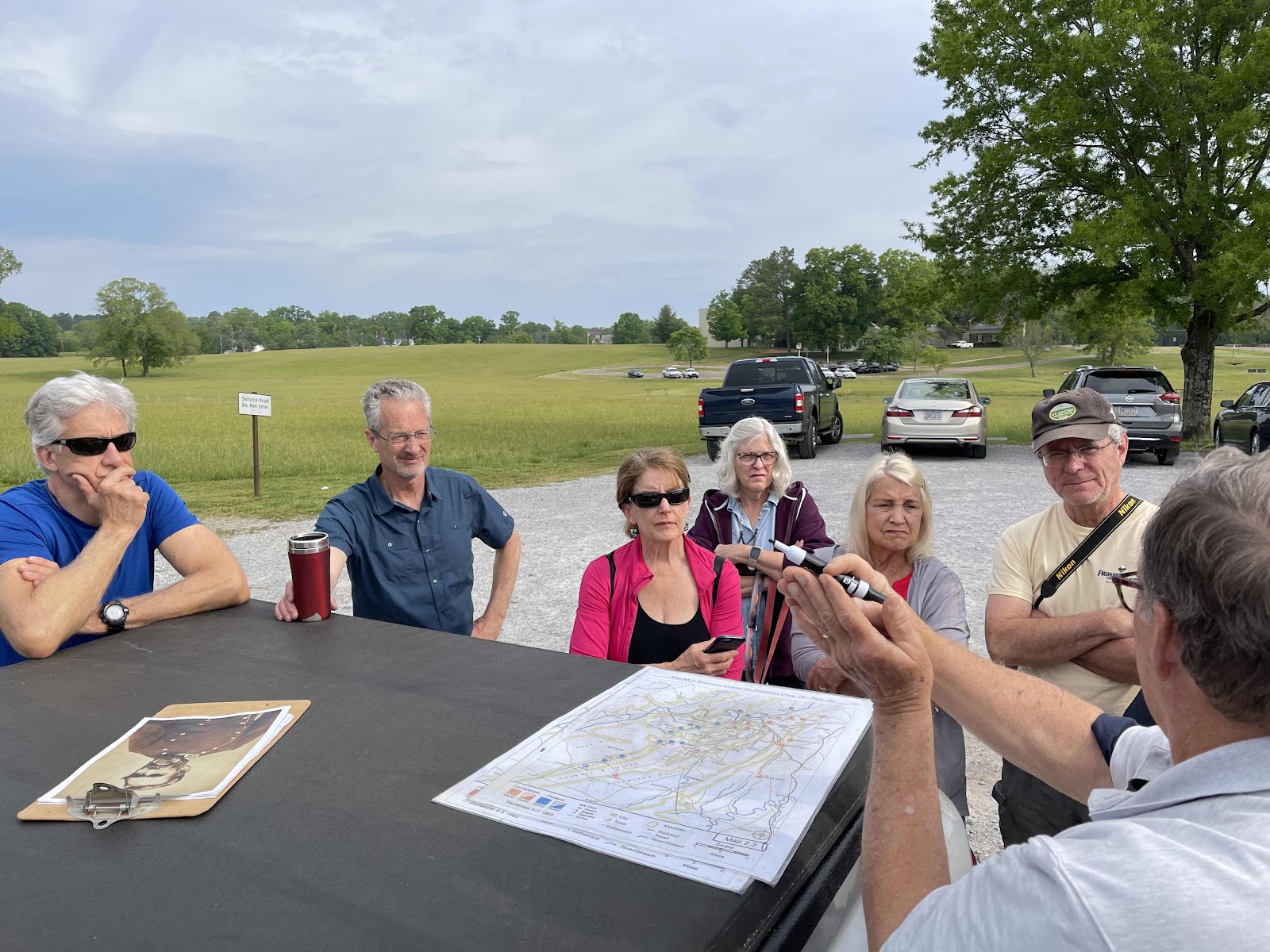
Once again, it was hard to reconcile the beautiful rolling hills, meadows, and woods with what our guide called “the killing fields” of the Battle of Chickamauga. Civil War casualty counts include killed, wounded, and missing in action. The Battle of Chickamauga has the 2nd highest casualty rate (34,624 total for both armies) of the Civil War following Gettysburg, the “bloodiest battle.”
 We learned more about the continuing evolution of the weapons during the Civil War including the movement from smooth-bore cannons to a spiral-grooved cannon which shot a shell further and more accurately. Another improvement was the Spencer repeating rifle invented by Christopher Spencer. The men of Colonial John T. Wilder mounted infantry brigade, the fabled “Lightning Brigade” reflected the fighting spirit of their combative commander. John Wilder, 31 years old, was an imaginative leader who was determined to build one of the finest fighting units in the Union Army. He had attended a demonstration of Spencer’s new repeating rifle and worked to acquire these rifles for his troops. The Spencer had a tubular magazine that held seven rimfire cartridges and would soon prove to be one of the deadliest weapons in the Civil War due to ability to fire seven shots rapidly without reloading. Even though the Union Army only had 2000 of the new Spencer rifles at the Battle of Chickamauga, they proved lethal to the Confederate troops who were still attacking in traditional formations. During the first day of the battle, John Wilder’s troops annihilated a Confederate group of troops that were attempting to cross the Chickamauga Creek at the Alexander Bridge.
We learned more about the continuing evolution of the weapons during the Civil War including the movement from smooth-bore cannons to a spiral-grooved cannon which shot a shell further and more accurately. Another improvement was the Spencer repeating rifle invented by Christopher Spencer. The men of Colonial John T. Wilder mounted infantry brigade, the fabled “Lightning Brigade” reflected the fighting spirit of their combative commander. John Wilder, 31 years old, was an imaginative leader who was determined to build one of the finest fighting units in the Union Army. He had attended a demonstration of Spencer’s new repeating rifle and worked to acquire these rifles for his troops. The Spencer had a tubular magazine that held seven rimfire cartridges and would soon prove to be one of the deadliest weapons in the Civil War due to ability to fire seven shots rapidly without reloading. Even though the Union Army only had 2000 of the new Spencer rifles at the Battle of Chickamauga, they proved lethal to the Confederate troops who were still attacking in traditional formations. During the first day of the battle, John Wilder’s troops annihilated a Confederate group of troops that were attempting to cross the Chickamauga Creek at the Alexander Bridge.
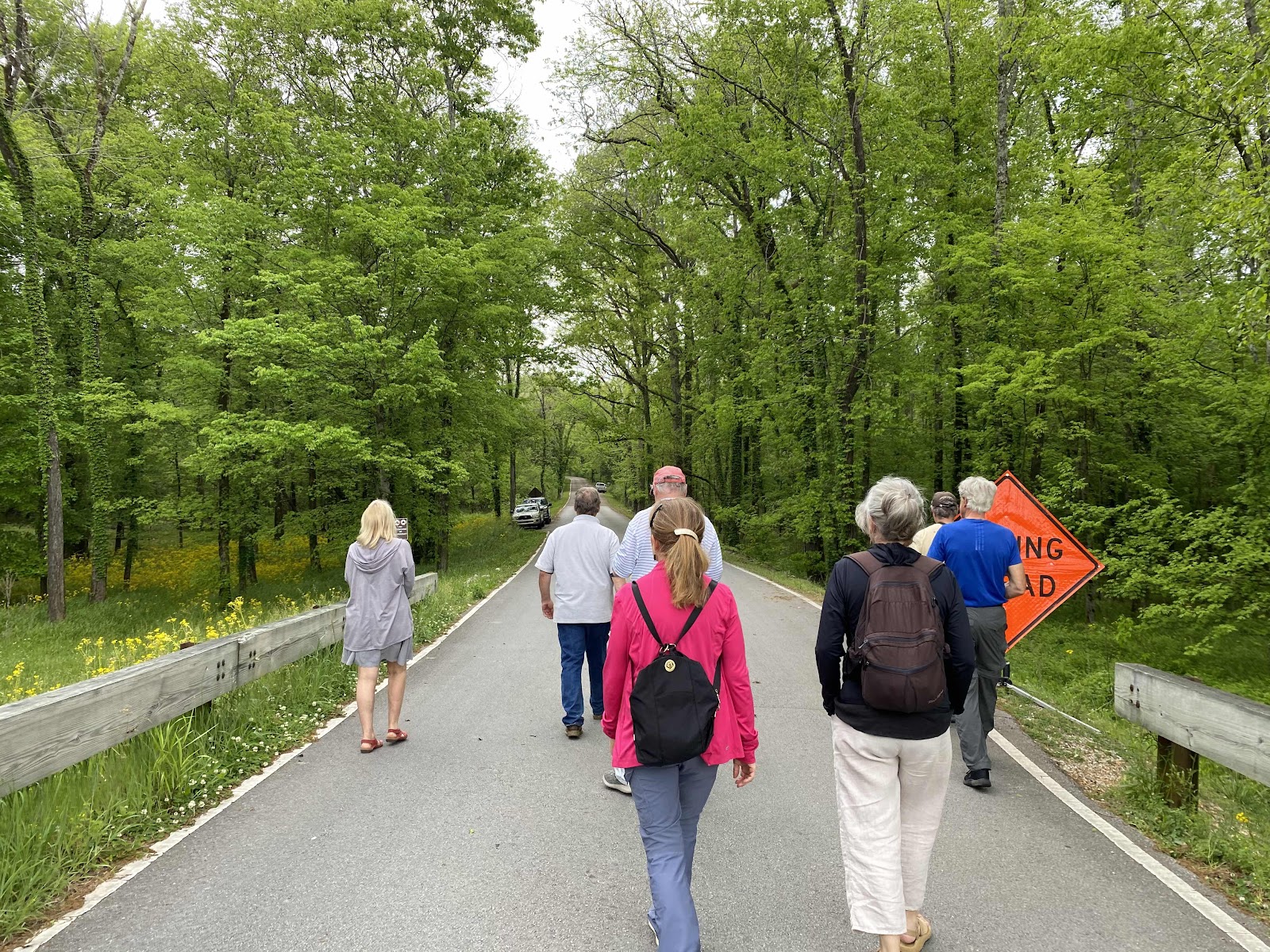 Our group walking across the Alexander Bridge learning about John Wilder and the Spencer rifles.
Our group walking across the Alexander Bridge learning about John Wilder and the Spencer rifles.
 Our guide also told us about the importance of logistics and the Quartermaster for each army. Feeding the troops and all the horses (which pulled the artillery to the battlefields) was critical to the army’s success. For example, the Union Army required 66 rail cars of food & supplies and 100,000 gallons of water everyday to feed and water the army and horses. Once the supplies were shipped to a “Union controlled” rail station, it required 4,000 wagons and 24,000 mules to haul the supplies to the actual battlefields. So it was critical to protect supply lines (both railways and key roads). If the supply line was cut, the army gave the men and horses “short rations” until the supply line could be reestablished. In addition, some of the men were assigned to a water brigade where they were responsible for filling canteens from the streams and creeks that were actually on the battlefield.
Our guide also told us about the importance of logistics and the Quartermaster for each army. Feeding the troops and all the horses (which pulled the artillery to the battlefields) was critical to the army’s success. For example, the Union Army required 66 rail cars of food & supplies and 100,000 gallons of water everyday to feed and water the army and horses. Once the supplies were shipped to a “Union controlled” rail station, it required 4,000 wagons and 24,000 mules to haul the supplies to the actual battlefields. So it was critical to protect supply lines (both railways and key roads). If the supply line was cut, the army gave the men and horses “short rations” until the supply line could be reestablished. In addition, some of the men were assigned to a water brigade where they were responsible for filling canteens from the streams and creeks that were actually on the battlefield.

In August 1890, the U.S. Congress established the Chickamauga and Chattanooga National Military Park for the purposes of preserving, and suitably marking the battlefields for historical and professional military study. Three park commissioners, all Civil War veterans, supervised the placement of hundreds of plaques on the field.
Each plaque identifies the location of a particular army, corp, division, brigade, or artillery battery at a specific location and time. The plaque also describes the military actions. Hundreds of veterans contributed information for the plaques and retraced their steps to determine the exact location of their units.

In addition to the plaques, more than 600 stone and bronze monuments were erected in the battlefields between 1890-1930. Monuments were placed where the units saw their heaviest fighting and were positioned the direction the troops were facing.

 Of special interest are the bronze plaques attached to many of the monuments. These depicted the battle scenes based on the veterans’ eyewitness accounts.
Of special interest are the bronze plaques attached to many of the monuments. These depicted the battle scenes based on the veterans’ eyewitness accounts.
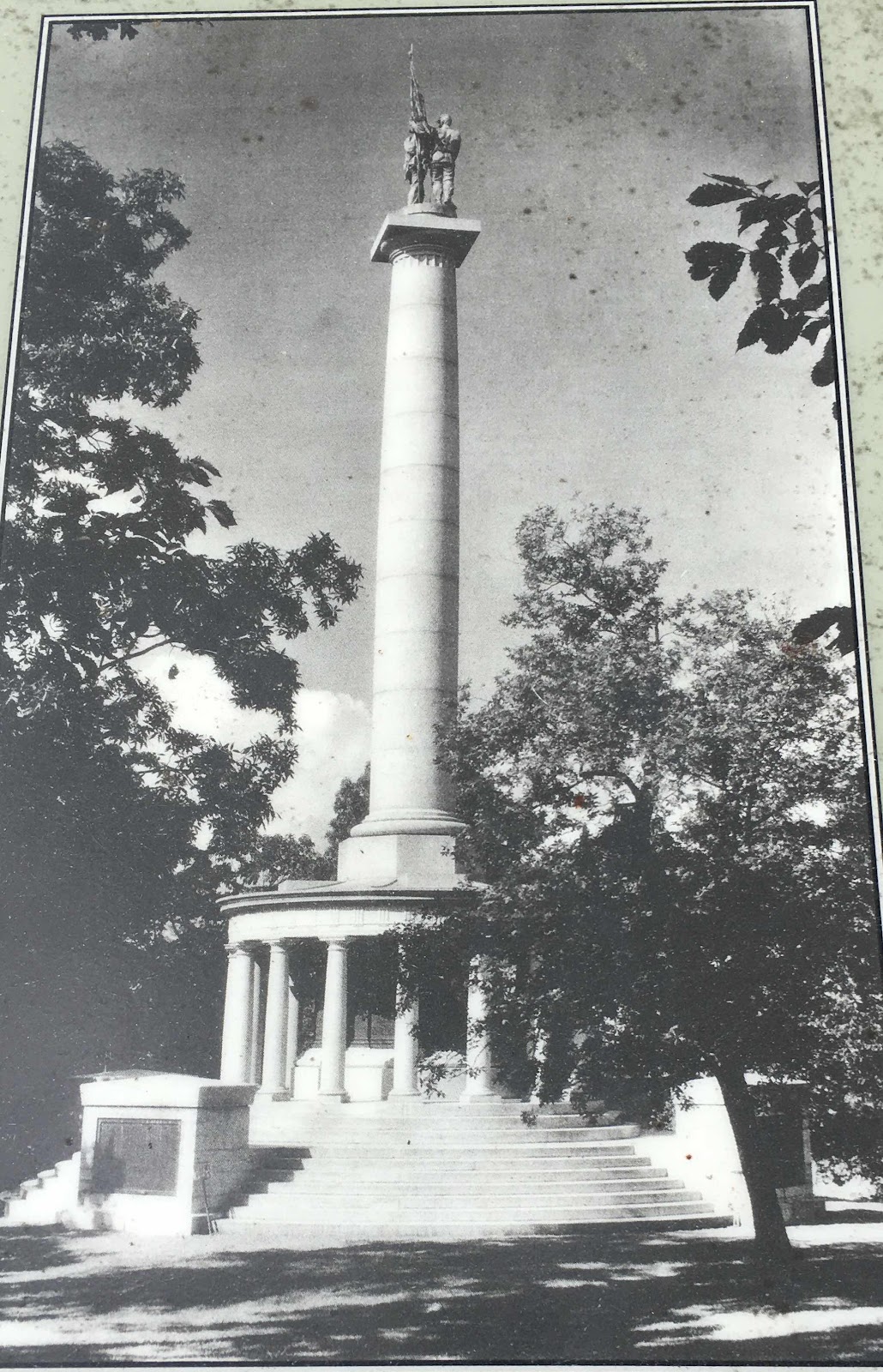 The New York Peace Monument at Point Park on Lookout Mountain was dedicated in 1910. At the top, bronze soldiers with clasped hands symbolized the reconciliation of the North and the South.
The New York Peace Monument at Point Park on Lookout Mountain was dedicated in 1910. At the top, bronze soldiers with clasped hands symbolized the reconciliation of the North and the South.
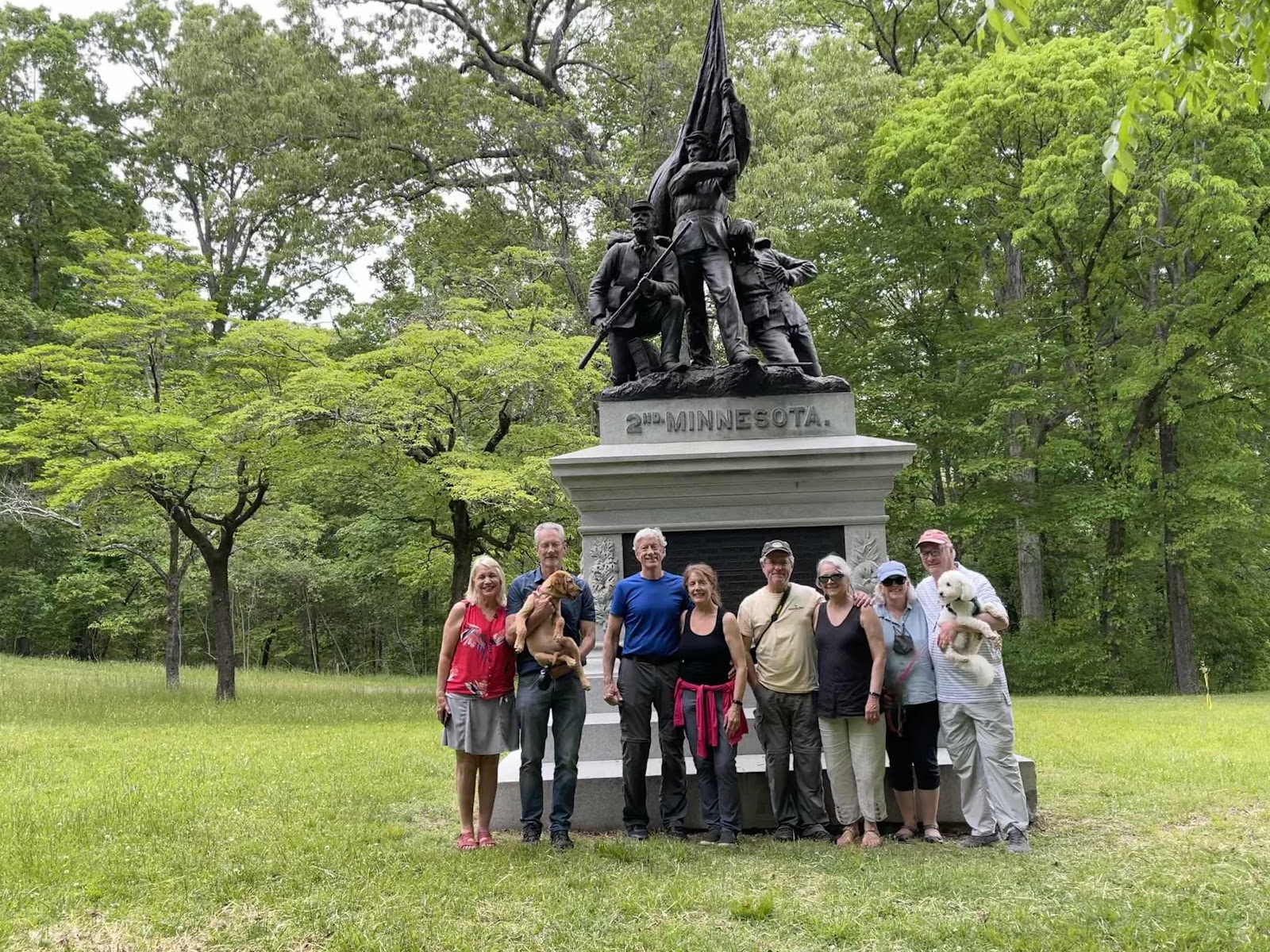
 Our group by the monument honoring the 2nd Minnesota.
Our group by the monument honoring the 2nd Minnesota.
 This is a photo of Betsy that was snapped surreptitiously by Lynn towards the end of our 8 hour tour - I think most of us were feeling very “saturated” with information at that point!
This is a photo of Betsy that was snapped surreptitiously by Lynn towards the end of our 8 hour tour - I think most of us were feeling very “saturated” with information at that point!

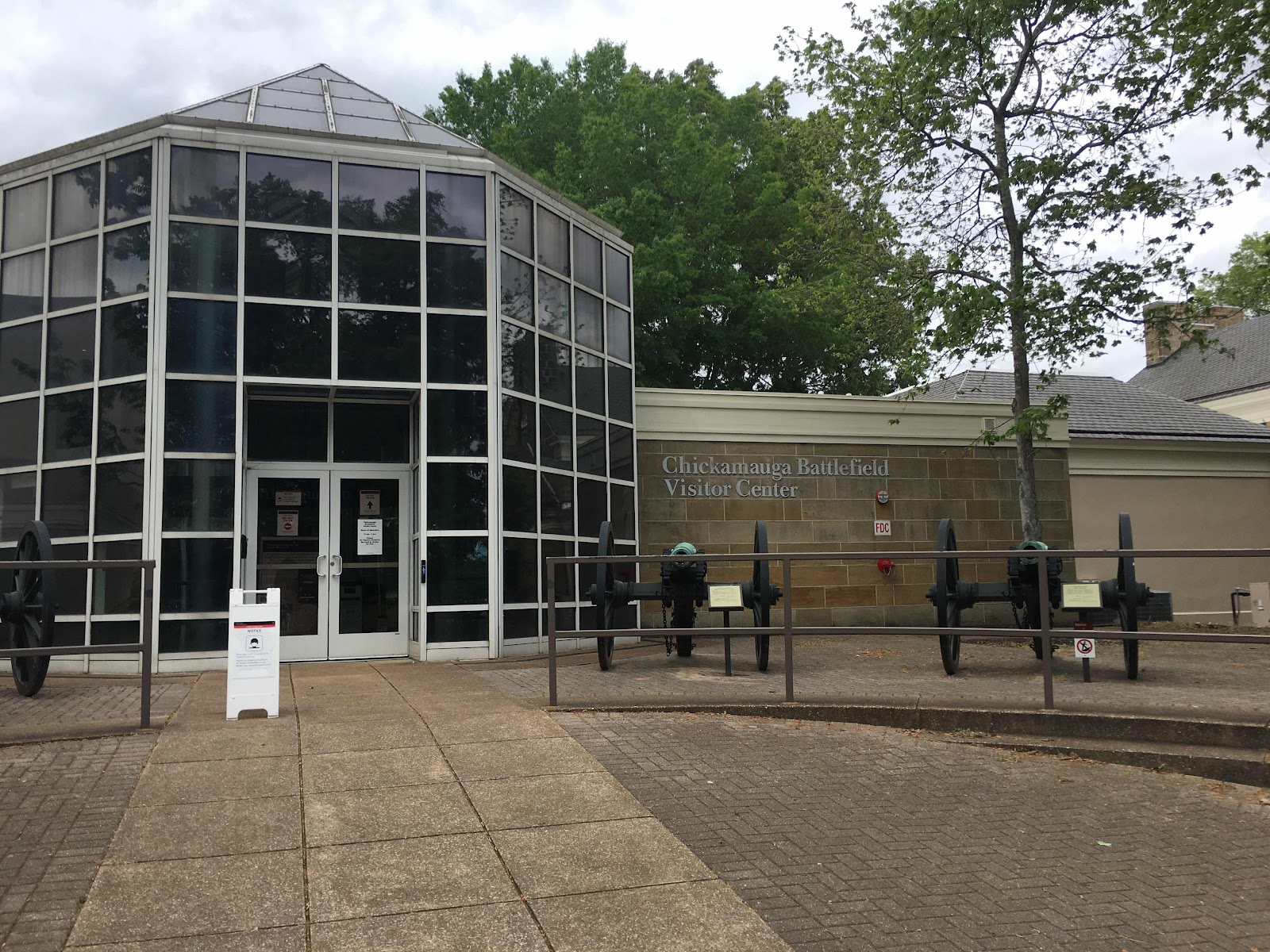
 While we spent most of our time on the actual battlefields, there is also another really nice Civil War Museum - that would have to wait for next time :-)
While we spent most of our time on the actual battlefields, there is also another really nice Civil War Museum - that would have to wait for next time :-)
